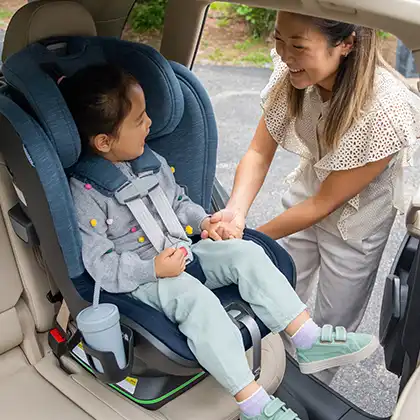Customized Service
When your product has been registered, we can check the serial number for maintenance history and warranty information.


When your product has been registered, we can check the serial number for maintenance history and warranty information.
Some parts and repairs may be covered by our limited lifetime warranty. Find out here.
If we need to contact you about an update or alert for your product, your registration will help us assist you.
To Fold:
To Unfold:
The G-Lite can be easily folded and placed into your vehicle’s trunk. If you need to pack your stroller for air travel, we recommend the G-Series Travel Bag (sold separately). The Travel Bag is made of durable luggage-grade denier and has multiple handles so it can be carried over hip or shoulder.
Our TravelSafe Program guarantees your stroller during air travel and comes with your Travel Bag purchase. By simply registering the G-Series Travel Bag online, any damage caused to your stroller during air travel is fully covered by UPPAbaby. Program benefits are contingent upon your gear being under its original warranty. Learn more here.
The G-Lite stroller is suitable for babies from 6 months up to 55 lbs.
No updates have been made for 2019.
The 2018 G-Lite has been updated with the following:
2018-Later model:
Unfolded: 31.2”L x 18.2”W x 42.3”H
Folded: 15.7”L x 10.6”W x 42”H
True Weight (includes canopy, wheels, and basket): 11.2 lbs
2017-Earlier model:
Unfolded: 19.5”W x 42”H x 32”L
Folded: 11.5”W x 42”H x 14”L
True Weight (includes canopy, wheels, and basket): 11 lbs
CLEANING:
MAINTENANCE AND REPAIR:
The main difference between the G-Luxe and G-Lite is that the G-Luxe has a reclining seat (ranging from 100 degrees upright to 130 degrees recline) and an adjustable footrest. The G-Lite is a more compact and lightweight stroller, without a recline and footrest. The G-Luxe is one of the lightest full-size umbrella strollers with recline.
The Serial Number, with barcode, is located on a sticker on the lower left of the stroller frame.

Make sure you’ve registered your product and send along a description of what assistance you need. Trying to install a car seat? Wheels squeaking? We’ll find the right person to help!

One of our skilled technicians will guide you through the steps for solving your challenge. They will set up a matching product to walk you through the process and answer any questions you have along the way.

We’ll send you a follow-up up email with any further details or documentation that might be of assistance.